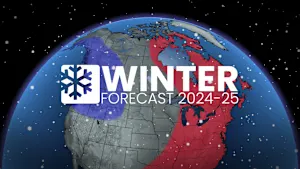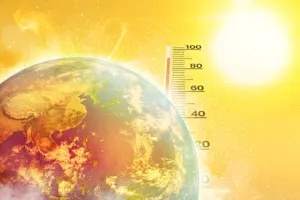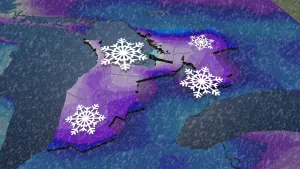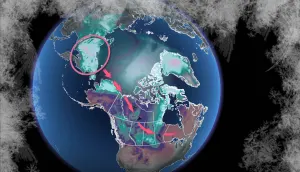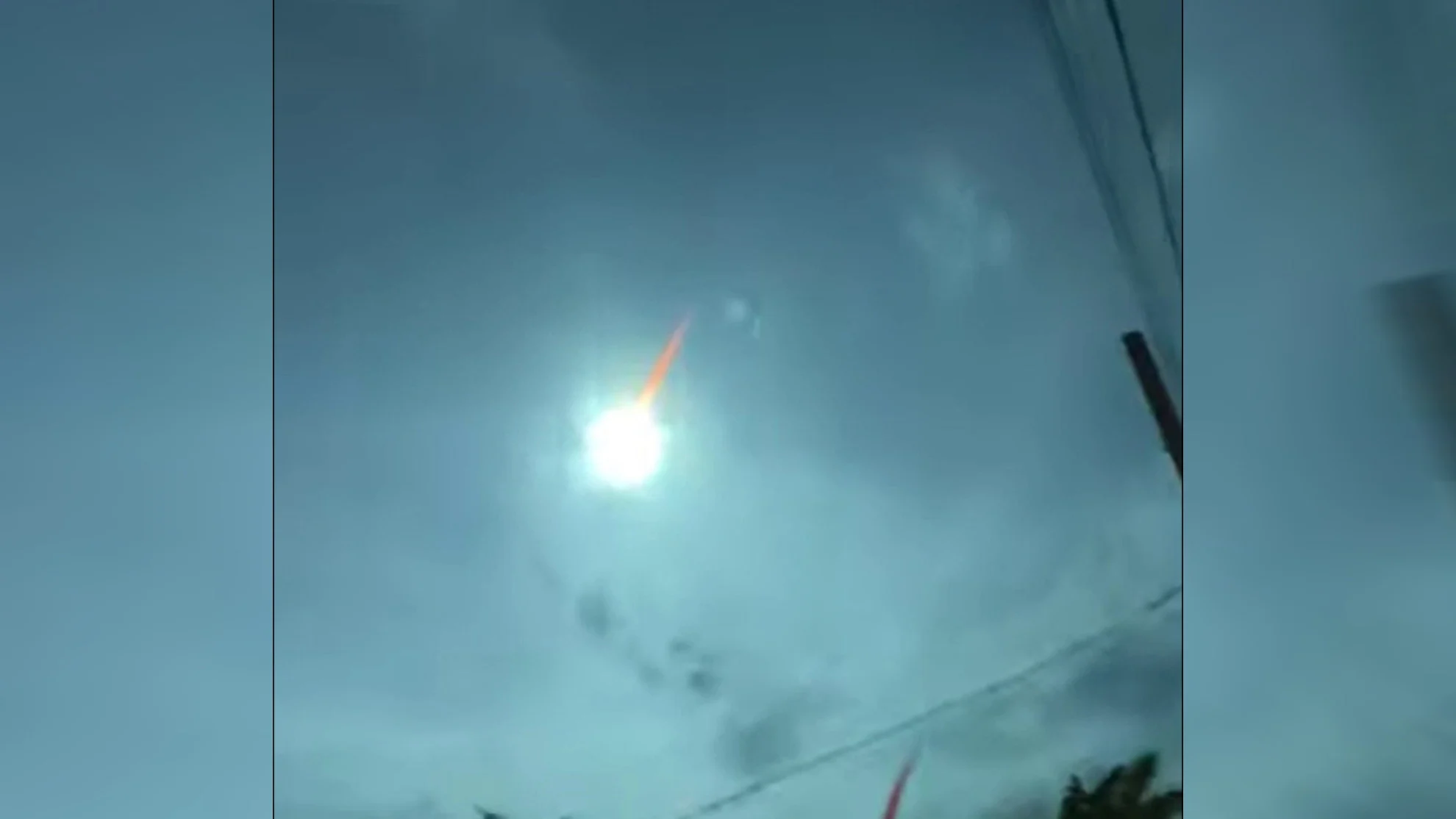
Small asteroid burns up over Philippines just hours after being spotted in space
This is now the 9th small asteroid detected by astronomers just before it impacted with Earth.
A small asteroid slammed into Earth's atmosphere over Luzon Island in the Philippines Wednesday night, lighting up the dark sky as if it was daytime.
In the early hours of September 4, 2024, Jacqueline Fazekas, an observer with the Catalina Sky Survey reported the discovery of a small asteroid, initially named 'CAQTDL2'. The CSS is a NASA-backed effort to locate and catalogue near-Earth asteroids, run by the University of Arizona, using telescopes at the Mt. Lemmon Observatory.
Follow-up observations of this object, which was estimated to be roughly one metre wide, revealed that it was just hours away from impacting with Earth. This is the 9th asteroid detected by astronomers, so far, that was found just hours before impact.
The asteroid — officially named 2024 RW1 based on the time of its discovery — was first spotted at 5:43 UTC on Wednesday and impacted at 16:39 UTC, nearly 11 hours later. The smaller an asteroid is, the harder it is to find in the vastness of space. Still, given that two others of similar size, one in 2022 and another in 2023, had been detected between four and five hours before they arrived, it would seem that astronomers are getting better at spotting these small near-Earth objects.
With the impact point quickly located, the European Space Agency posted an alert that the meteoroid was expected to burn up over Luzon Island, in the Philippines.
That region was still dealing with the aftermath of tropical storm Yagi, but residents were advised that they could witness a fireball at around 12:40 a.m. PHST on September 5.
Read more: Philippines death toll from tropical storm Yagi rises to 13
Right on time, the asteroid was spotted producing a spectacular green and orange fireball that streaked over the Philippines as it plunged into the atmosphere from space.

This closeup of the September 4/5 Luzon Island Bolide, taken as a screenshot from an eyewitness video, reveals the colours of the fireball. Bright green/white light surrounds the meteoroid as it flies through the air, with an orange trail following in its wake. (Karen Bea via the AMS)
A meter-wide rock is fairly significant on a human scale. That would represent a reasonably-sized boulder if it was encountered in the wilderness, perhaps a good place to sit and rest for a moment while on a hike. However, when something of that size arrives from space, Earth's atmosphere acts as an effective shield against it.
Based on observations, this asteroid was travelling at a speed of around 24 kilometres per second (over 85,000 km/h) when it arrived here. At that speed, hitting the top of the atmosphere is like slamming into a brick wall. As a result, it produced a lot of bright light and, unless it was an iron or stony-iron meteoroid, the original rock was likely blasted into multiple smaller fragments.
With the ESA's trajectory for the asteroid completely over the water north of Luzon Island, though, any pieces of it that may have survived to reach the surface are now probably on the bottom of the ocean.
Related: Got your hands on a space rock? Here's how to know for sure
Where did it come from?
According to NASA, 2024 RW1 was an Apollo asteroid — a near-Earth object with an orbit that crosses or comes near Earth's orbit from a distance farther out in the solar system.
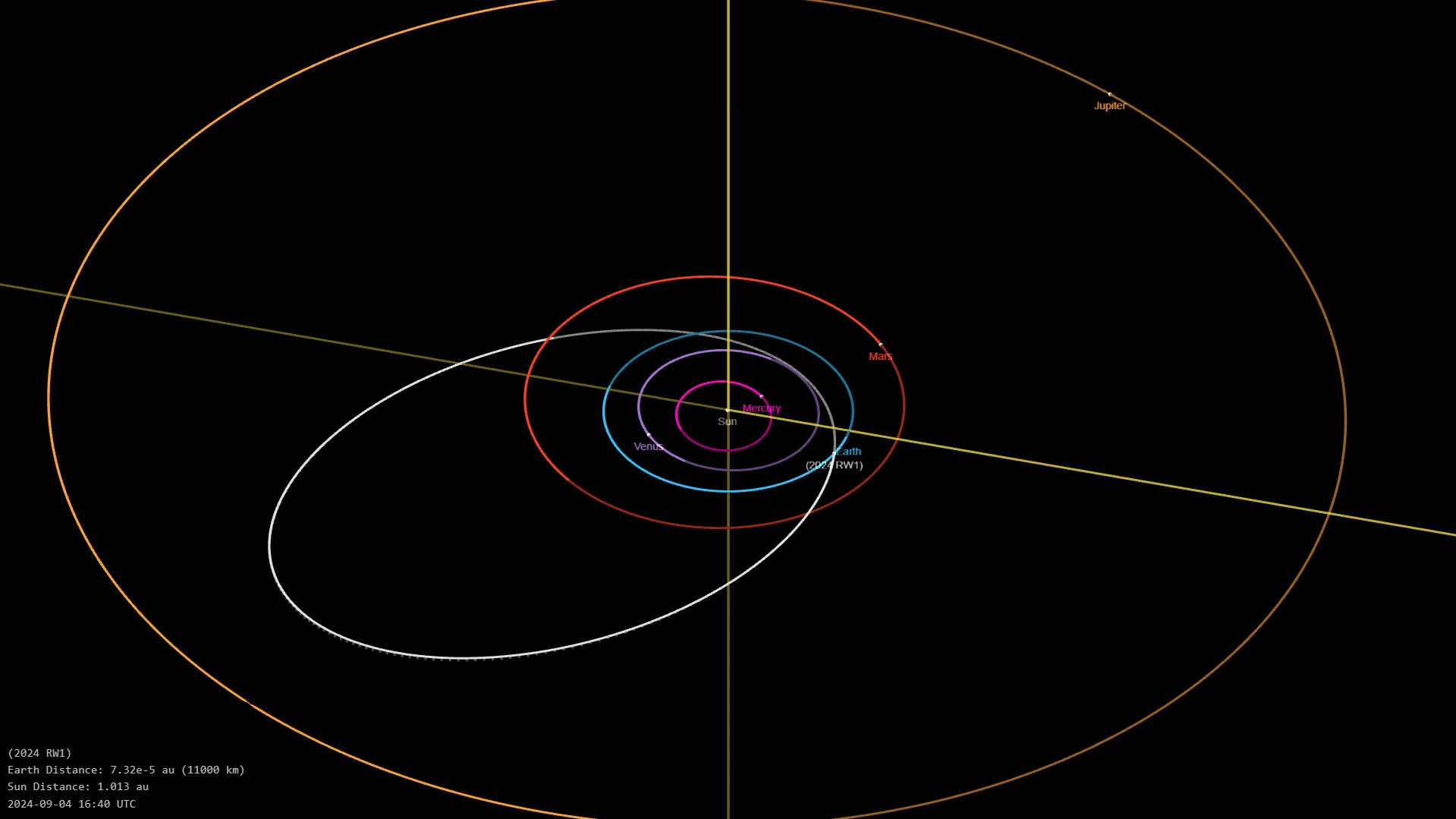
This orbit simulation reveals that 2024 RW1 originated from the outer asteroid belt, between Mars and Jupiter. (NASA CNEOS)
In this case, its orbit (above) was traced back to the outer asteroid belt. The majority of objects from that region of the solar system are known as carbonaceous (C-type) asteroids. These are the darkest, least dense, and most common type of asteroid in the solar system, which are mostly rocky and contain a large amount of carbon.
(Thumbnail image courtesy Karen Bea, via the American Meteor Society, who recorded the fireball's entry into Earth's atmosphere from Santa Ana, Philippines.)






